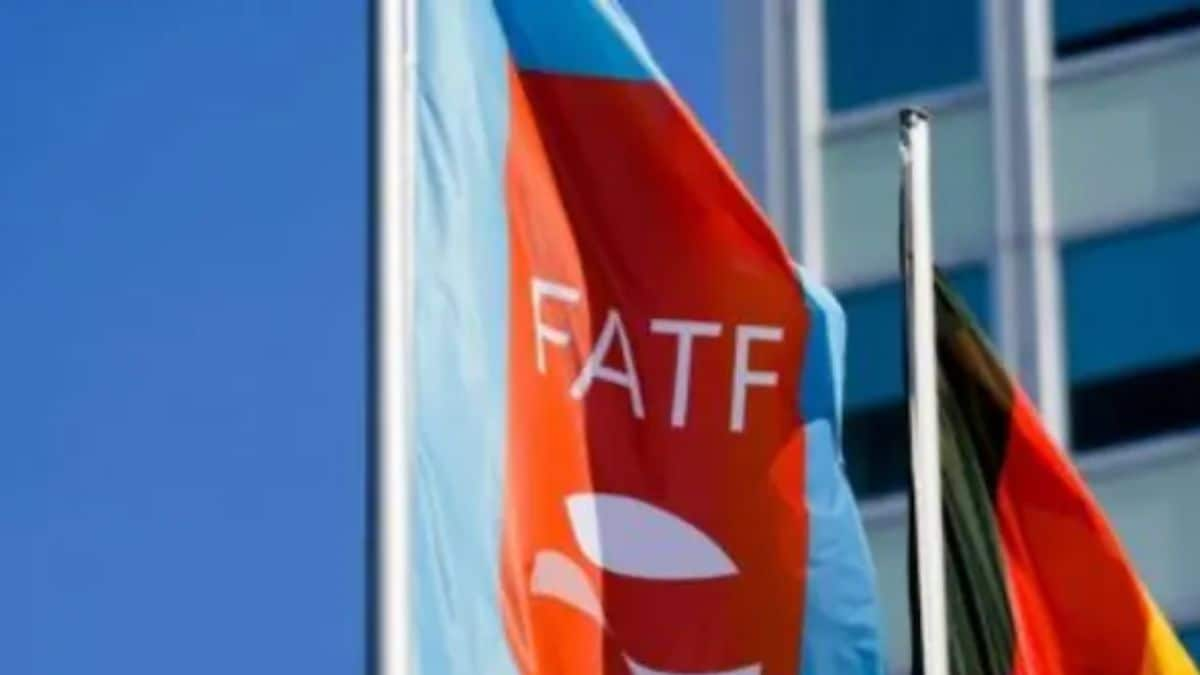

A recent report by the Financial Action Task Force (FATF) has linked dual-use equipment seized by Indian authorities in 2020 to Pakistan's missile development program. The report highlights vulnerabilities in the global financial system that can be exploited for the proliferation of weapons of mass destruction.
The specific incident cited by the FATF involves the seizure of a shipment bound for Pakistan that was misdeclared as "industrial dryers." However, Indian investigators determined that the items were actually autoclaves, which are used in the production of sensitive high-energy materials and for the insulation and chemical coating of missile motors. These items are included in dual-use export control lists of the Missile Technology Control Regime (MTCR).
The FATF report notes that the importer of the cargo was linked to Pakistan's National Development Complex (NDC), which is involved in the country's missile development program. The NDC has played a crucial role in the development of Pakistan's missile capabilities.
This incident raises concerns about Pakistan's efforts to circumvent international export controls and acquire technology for its missile program. It also highlights the challenges in preventing the proliferation of dual-use goods, which can be used for both civilian and military purposes.
The FATF report also pointed out vulnerabilities in preventing weapons proliferation. The seized items were mis-declared as industrial dryers. This underscores the importance of effective export controls and vigilance in monitoring shipments of dual-use goods.
India is likely to use the revelations in the FATF report to push for Pakistan's return to the FATF 'grey list'. The grey list identifies countries with weaknesses in their anti-money laundering and terror financing systems. Countries on the grey list are subjected to closer monitoring and must demonstrate progress on corrective action plans. Pakistan has been on the list three times with the most recent sanction of 2018 lifted in 2022.
The FATF report serves as a reminder of the ongoing threat of weapons proliferation and the need for continued international cooperation to prevent it. It also underscores the importance of effective export controls and vigilance in monitoring shipments of dual-use goods.